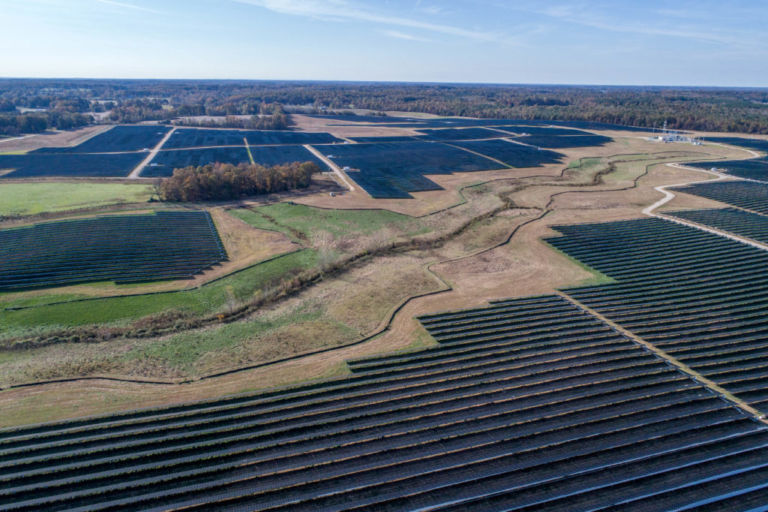Chris Edwards of the Cato Institute highlights the libertarian group’s ideas for improving federal farm policy.
The federal government spends more than $20 billion a year on subsidies for farm businesses. About 39 percent of the nation’s 2.1 million farms receive direct subsidies, with the lion’s share of the handouts going to the largest producers of corn, soybeans, wheat, cotton, and rice.
The current farm law — enacted in 2014 — added new crop programs that have turned out to be more costly than promised. The law expires this year, and subsidy proponents are eager for Congress to pass another expensive bill. But farm subsidies impose a burden on federal taxpayers, and they harm the economy. President Donald Trump proposed cuts to farm programs in the 2019 federal budget, but the longer-term goal should be to fully repeal all farm subsidies.
This report … suggests that agriculture is no riskier than other industries and that it does not need an array of federal subsidies. The government protects farmers against fluctuations in prices, revenues, and yields. It subsidizes their conservation efforts, insurance coverage, marketing, export sales, research, and other activities. Federal coddling of the agriculture industry is deep and comprehensive.
Farm subsidies are costly to taxpayers, but they also harm the economy and the environment. Subsidies distort the decisions made by farm businesses. They encourage overproduction, which pushes down prices and creates political demands for more subsidies. Subsidies discourage farmers from innovating, cutting costs, diversifying their land use, and taking other actions needed to prosper in the competitive economy.


